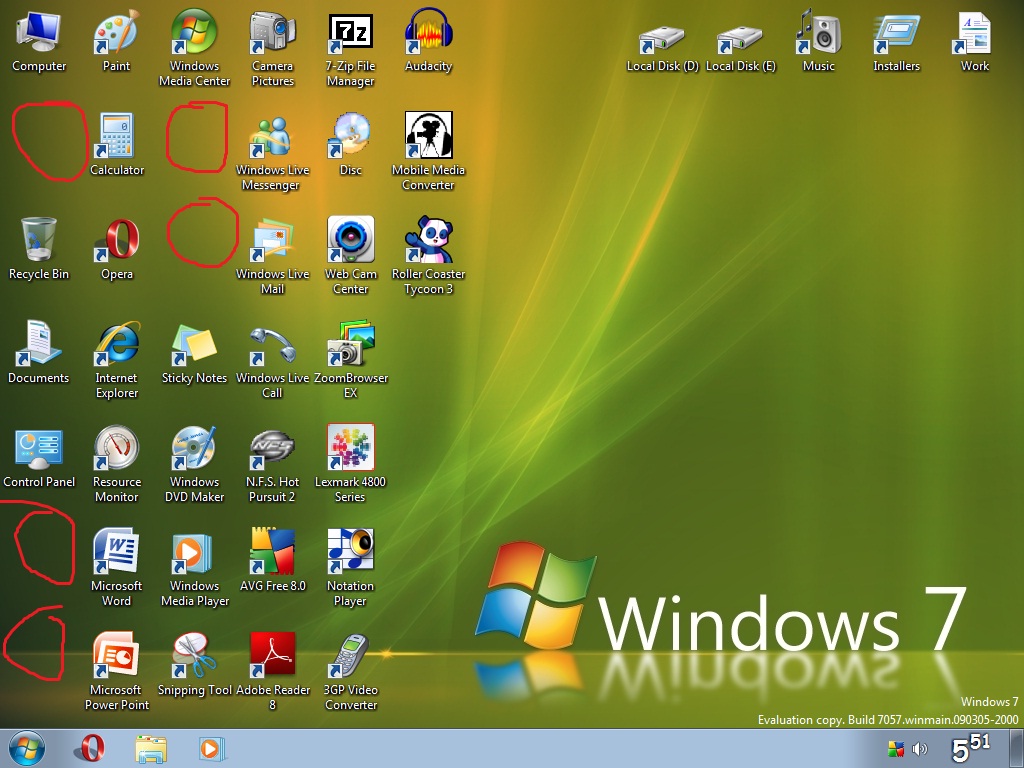How to Reset the Desktop After a Backdoor Trojan

The first thing the user sees when booting the operating system is a desktop. Items located on the desktop help the user to optimize the work on the computer and make it easy to share files and folders that are located on different local drives.
Desktop is the virtual space of the monitor, which graphically displays program icons, the working folders and files of documents needed by the user for quick access.
Familiar desktop settings provide comfort, and if something goes astray, it can lead to reduced performance. Naturally, everyone wants to make their workplace unique, different and convenient.
Instructions
-
1
Basic desktop settings are made by using the "Screen". After clicking the "Start" button, open the "Control Panel." Select "Appearance and Themes" in the category and left-click on the icon "Display." Or, right-click in any blank area of the desktop and select "Properties."
-
2
Moving through the tabs, use the settings to your likings. Once you have set the options you want for your desktop, save them in a separate file. To do this, go to "Topics" and click on "Save" in the group "Theme." Specify the directory to save the file and remember them.
-
3
If necessary, you can always revert to the previous settings. To do this, click the component "screen" and then click the "Themes". Under "Subject", expand the drop-down list, and click "Browse". In the new dialog box, browse to the previously saved file with the theme and commit the changes by clicking “OK” and save settings.
-
4
If you have accidentally deleted a shortcut from the desktop, they will have to return by hand. Although here, too, you can resort to some tricks. Using the same component "screen" select "Desktop Cleanup Wizard". To do this, click the "Desktop" and click "Customize Desktop". In the sub-window "Desktop Items" tab "General" and click on "Clean Desktop Now."
-
5
When you start the "Master reset", select all the labels that as unused. All of them will be moved to the new folder "unused shortcuts", which will automatically be created on the working table. Open the folder, select all, right-click on the selection and select the context menu "Send" and the option "Desktop (create shortcut)."
-
6
If your desktop is not displaying the taskbar, move the cursor to the bottom of the screen. Right click and select the drop-down menu and then select "Properties." In the window "Properties Taskbar and Start Menu" go to "Taskbar" and remove the marker from the field "Auto-hide the taskbar".







